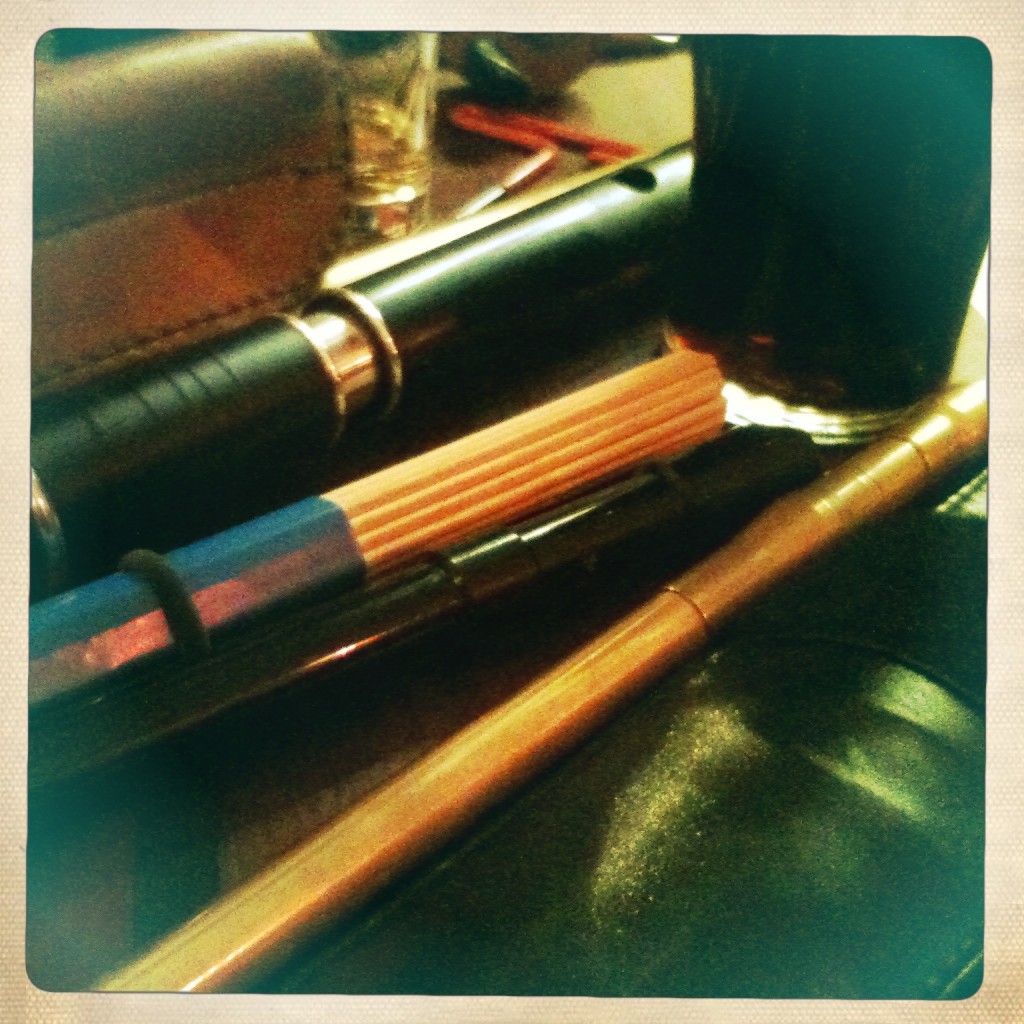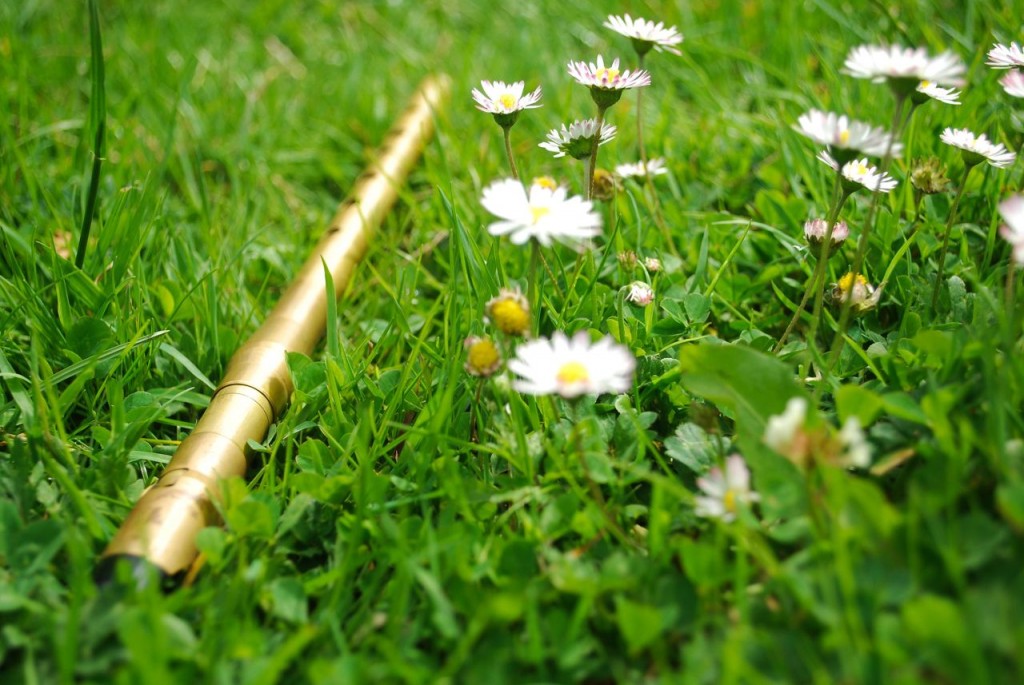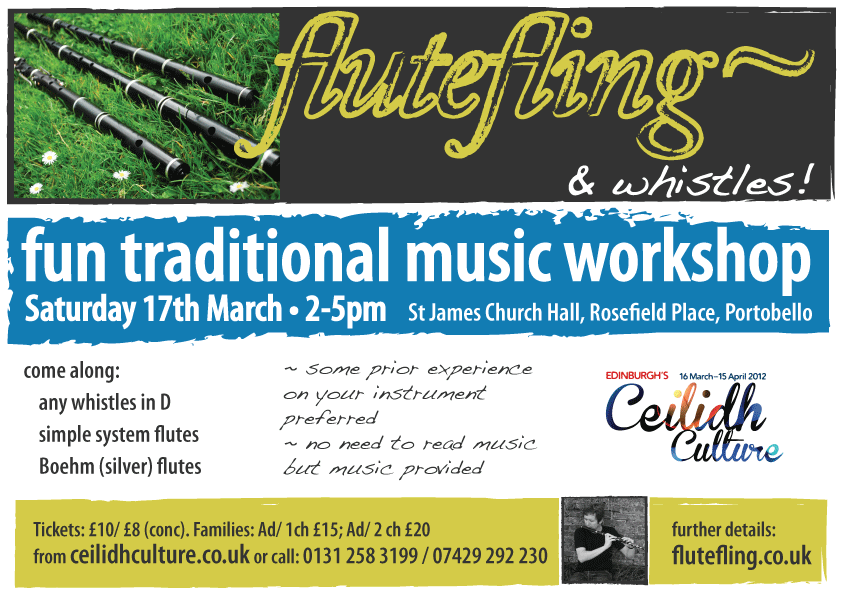 The Improvers and Beyond group are putting together a set of Shetland reels and Oot be Est da Vong is the second, which we decided that this one goes nicely after Sleep Soond I’da Mornin’. Next time we’ll add a third.
The Improvers and Beyond group are putting together a set of Shetland reels and Oot be Est da Vong is the second, which we decided that this one goes nicely after Sleep Soond I’da Mornin’. Next time we’ll add a third.
I learned this tune many years ago, probably from English and Scottish Tunes by Anthony “Sully” Sullivan, a banjo player from the NW of England I believe, with several publications and compositions to his name. Before the internet, his tune books were essential and even now the versions of traditional tunes are far better than many that pop up on web sites. His own tunes have become popularised by people like Michael McGoldrick in recent years.
However, I imagine that the original source for the tune is probably Ringing Strings by Tom Anderson, the Shetland fiddler who taught, amongst many others, Aly Bain. It reminds me as well of a piece of Gaelic port that I have identified as A’ Cur nan Gobhar às a’ Chreig and there’s a clip of Capercaillie performing a version of it on BBC Alba. It’s also the first tune in this clip of a session from the Summer Isles Festival:
The tune title refers to a the location of a fishing ground, da Vong being a rock I believe and sits quite nicely on flute and whistle. We had a look at some places to play cuts, rolls and casadhs (as defined by Geraline Cotter) within the tune. FluteFling class resources for the tune can be found on the usual page. There’s some discussion on The Session about the tune and this link to Aly Bain playing it:
In the class I mentioned Millie Godger, a Shetland tune with no set time signature that may have been a “mill tune” and imitated the rhythms of the mill. I couldn’t get to grips with it from the written music, but here’s a lovely version by Morag Brown in a set of Shetland tunes:
Photo: More Shetland Magic Light by Pete and Lynne, some rights reserved.




